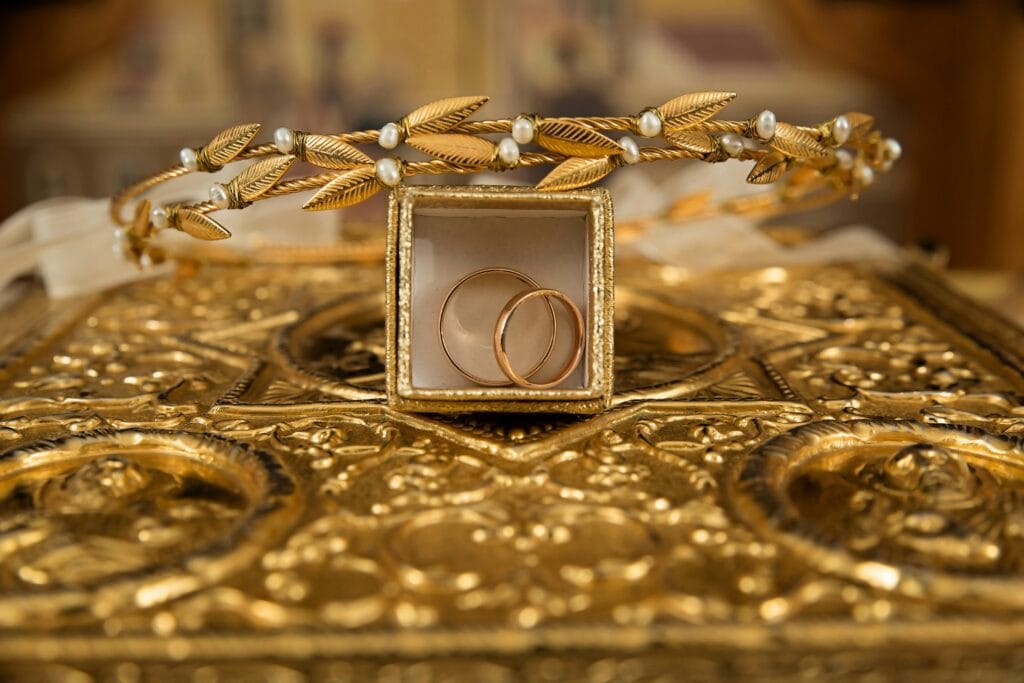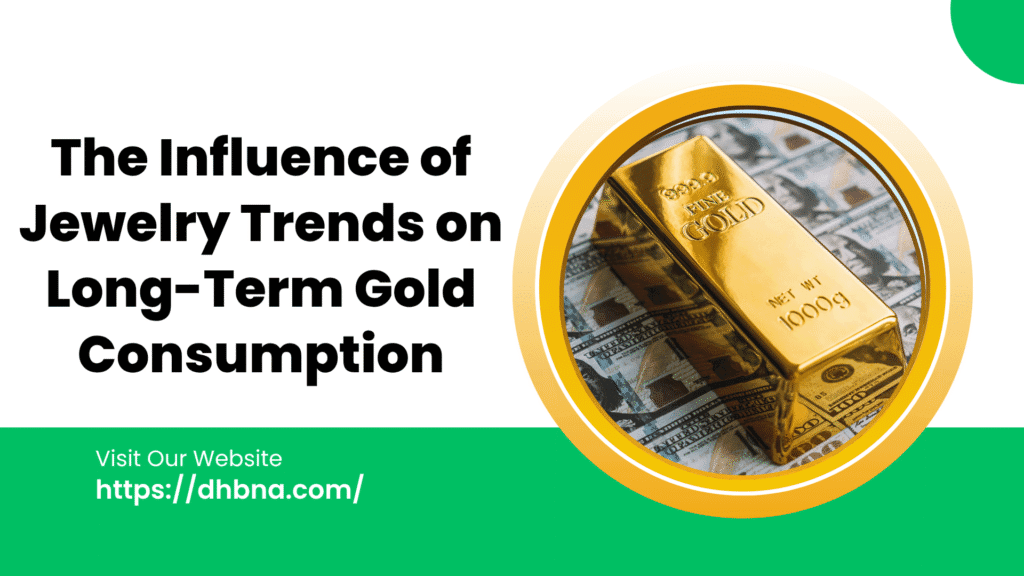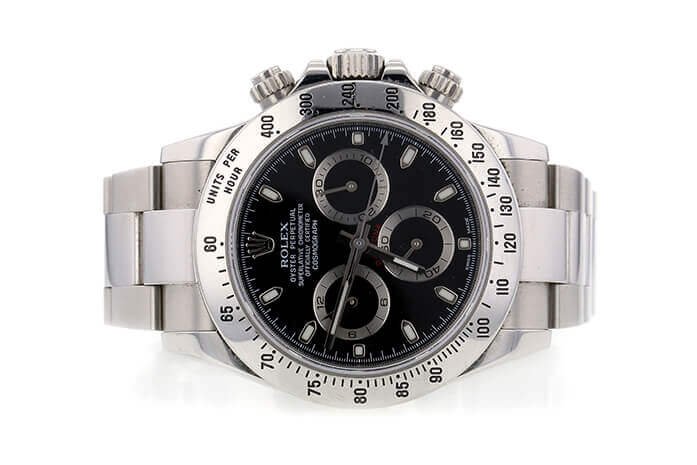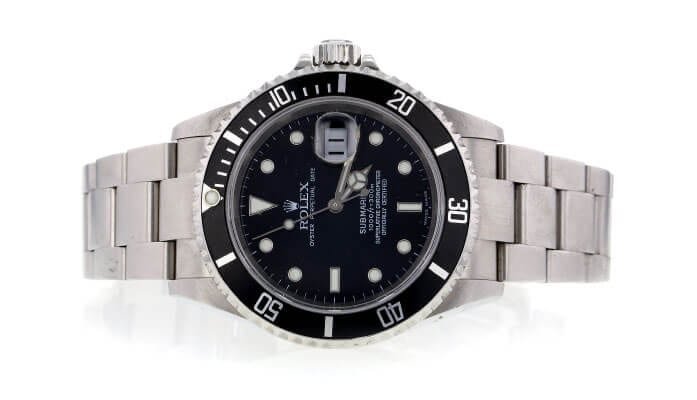Introduction: The Influence of Jewelry Trends on Long-Term Gold Consumption
The influence of jewelry trends on long-term gold consumption extends far beyond fleeting fads. As global tastes shift—from classic diamond solitaires to avant-garde minimalism—each wave reshapes the demand curve for gold. Understanding these trends is critical for industry stakeholders, investors, and policymakers. This article examines how design movements, cultural dynamics, technological innovations, and sustainability considerations impact gold demand over decades, offering data-driven perspectives and actionable insights.
Understanding the Role of Jewelry Trends in Gold Demand

What Defines a Jewelry Trend?
A jewelry trend emerges when consumer preferences coalesce around specific aesthetics, materials, and occasions. Influencers include:
- Cultural Moments: Royal weddings, celebrity endorsements, and red-carpet events.
- Design Movements: Minimalism, art deco revivals, and geometric motifs.
- Technological Advances: 3D printing, lab-grown gemstones, and digital customization.
By mapping trend lifecycles—introduction, growth, maturity, and decline—we can forecast shifts in gold consumption.
Major Jewelry Trends and Their Impact on Gold Consumption
Minimalist Designs and Everyday Wear
In the past decade, minimalist jewelry—featuring slim gold bands, bar necklaces, and tiny hoops—has surged. Benefits include:
- Lower Gold Weight per Piece: Allows for greater unit sales, even as individual gold content decreases.
- Repeat Purchases: Collectible stacking rings and layered necklaces drive multiple buys.
This trend contributes to stable baseline demand by broadening gold’s appeal to younger demographics.
Lab-Grown Gemstone Integration
Lab-grown gemstones have disrupted the luxury segment by reducing costs. Jewelers pair these stones with gold settings, prompting:
- Cost-Effective Luxury: Affordable pieces encourage higher consumption.
- Ethical Appeal: Vegan and conflict-free marketing boosts sales in conscious consumer segments.
Consequently, gold consumption rises through volume, even if average carat weight per piece moderates.
Colored Gold and Alloy Innovations
Rose, white, and green gold alloys reflect cyclical flavor. Innovations in hue maintain market excitement:
- Trend Refreshers: Introducing new color palettes rekindles interest in classic yellow gold.
- Premium Pricing: Specialty alloys command higher margins.
These color variations extend product lifecycles and sustain long-term gold utilization.
Sustainable and Recycled Gold
Environmental awareness drives the shift toward recycled and Fairmined gold. Impacts include:
- Premium Positioning: Traceable sourcing commands price premiums.
- Circular Economy: Recycled gold reduces mine supply but keeps total consumption high through new fabrication.
Brands embracing sustainability report double-digit growth, signaling enduring demand for responsibly sourced gold.
Cultural and Demographic Drivers of Gold Jewelry Consumption
Emerging Market Middle Classes
In Asia and Africa, rising incomes lead to marriage and gifting traditions—key gold drivers:
- Weddings: Larger gold trousseaus in India, China, and the Middle East.
- Gifting Seasons: Lunar New Year, Eid, and Diwali spur bulk purchases.
Emerging wealth translates to persistent upward pressure on gold consumption.
Western Millennials and Gen Z
Younger Western buyers value personalization and Instagrammable moments:
- Customization: Nameplate necklaces and birthstone stacking.
- Affordable Gold: Thin gold-plated designs at accessible price points.
While individual pieces may contain less gold, frequency of purchase rises, sustaining total demand.
Forecasting Long-Term Gold Consumption Trends
Data-Driven Demand Projection
By analyzing 20 years of global jewelry sales data:
- Baseline Growth: Urbanization and wealth growth yield 2–3% annual gold jewelry demand increases.
- Trend Spikes: New design launches can boost quarterly consumption by 5–7%.
Predictive models combining social media analytics and retail sales offer early warning of trend shifts.
Investment Implications
Understanding jewelry-driven gold consumption helps investors:
- Supply-Demand Balance: Anticipate central bank vs. jewelry consumption dynamics.
- Price Sensitivity: Gauge how fleeting consumer tastes moderate or amplify price moves.
Retailers and refiners can optimize stock levels and hedge strategies accordingly.
Strategies for Stakeholders
Retailer Tactics
- Trend Monitoring: Use AI tools to track influencer mentions and pre-order volumes.
- Flexible Inventory: Offer modular pieces that adapt to evolving tastes.
- Sustainability Messaging: Highlight recycled content and ethical sourcing.
Manufacturer Actions
- Lean Production: Shift to just-in-time alloy mixing to reduce inventory risk.
- R&D Investment: Experiment with new alloys and lab-grown integrations.
- Lifecycle Services: Offer repurposing or trade-in programs to capture recycled gold back into production.
Policy and Regulation
- Traceability Standards: Implement blockchain-based certification for consumer reassurance.
- Environmental Compliance: Support fair mining initiatives and reduce ecological footprint.
Conclusion: Aligning Jewelry Trends with Sustainable Gold Demand
The influence of jewelry trends on long-term gold consumption underscores gold’s dynamic role in global markets. From minimalist staples to sustainable luxury, design movements shape consumption volume and velocity. By harnessing trend insights, stakeholders can ensure resilient demand, optimize supply chains, and foster sustainable practices. The future of gold consumption lies at the intersection of creativity, ethics, and data-driven agility.
Action Steps:
- Monitor emerging design trends via social listening tools and retail metrics.
- Diversify gold product lines to include minimalist, colored alloy, and sustainable offerings.
- Implement traceability and customer education to build trust.
- Leverage consumption forecasts to align procurement and hedging strategies.
Stay ahead of the trend curve to capitalize on the enduring allure of gold.
Discover more from Dhbna
Subscribe to get the latest posts sent to your email.



